With the growing demand for sustainable, high-quality packaging in the beverage and cosmetics industries, China’s daily-use glass market is experiencing robust growth. As the world’s largest glass producer, China’s packaging industry has attracted significant attention. This article provides an in-depth analysis of this market, exploring the core trends, growth drivers, and innovative technologies shaping the future of glass packaging.
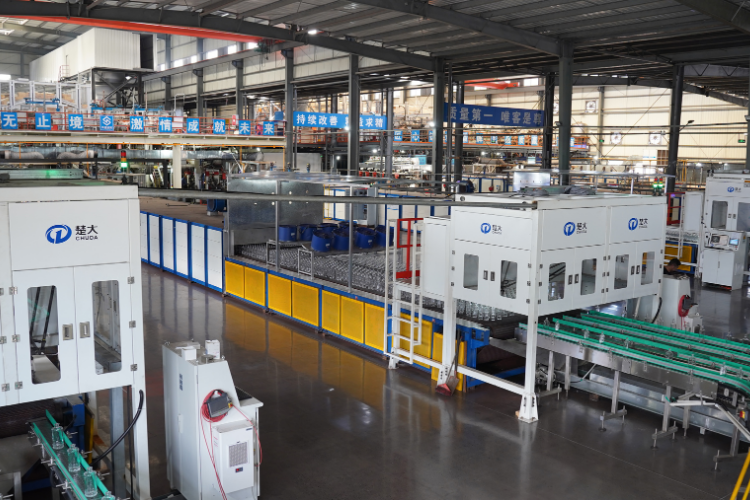
China’s glass container packaging market is projected to grow from approximately 10.53 million tons in 2025 to 12.89 million tons by 2030, achieving a compound annual growth rate (CAGR) of 4.13%. This expansion reflects the global recognition of sustainable, high-quality packaging, with glass maintaining its position as a mainstream material.
Glass has long been favored for its strength, transparency, and chemical inertness, particularly in packaging applications. Its exceptional durability and preservation capabilities effectively maintain the flavor and quality of food and beverages, making it an indispensable material in this field.
According to data from World’s Top Exporters (WTEx), China’s glass export value reached nearly $26 billion in 2023, underscoring its dominant position in the global glass market. With its large-scale, efficient production capabilities, China continues to set industry benchmarks in product quality, production capacity, and technological innovation.
Why Do Beverage Brands Continue to Choose Glass Packaging?
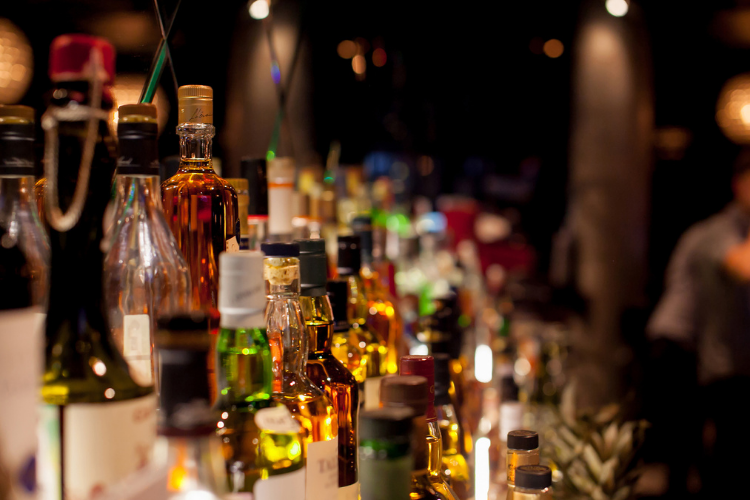
The food and beverage industry remains a major application area for glass packaging. Thanks to its inert properties, glass does not react with its contents, better preserving aroma, flavor, and alcohol content while maintaining the product’s original taste and quality. This is crucial for both manufacturers and consumers.
With rising disposable incomes and changing lifestyles among urban residents in China, the demand for glass-packaged alcoholic and non-alcoholic beverages has increased significantly. Traditional beverages such as rice wine, wine, beer, whiskey, and baijiu are deeply rooted in Chinese culture, further driving market demand.
The Rapid Rise of the Cosmetics Glass Market
Another major driver of the daily-use glass market is the rapidly growing cosmetics industry. As consumers’ incomes rise and their focus on appearance and personal care intensifies, cosmetics brands are expanding their product lines and adopting high-end packaging strategies. Glass, with its customizable, elegant, and functional characteristics, has become an ideal alternative to plastic.
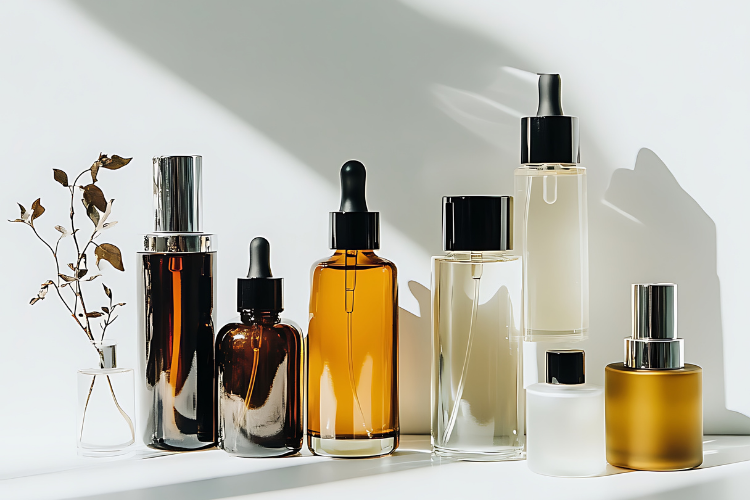
Data from China’s National Bureau of Statistics shows that the per capita annual spending on cosmetics in 2022 was approximately 407 yuan ($57.5), and this figure is expected to rise to 600 yuan ($84.8) by 2025, outpacing the growth of disposable income. This trend not only indicates a booming cosmetics market but also reflects consumers’ pursuit of high-quality, personalized, and premium products.
Premiumization and Sustainability as Core Drivers
The expansion of the e-commerce market has increased the demand for safe, aesthetically pleasing, and durable packaging, all of which are inherent advantages of glass. Glass ensures product integrity while enhancing visual appeal, making it the packaging material of choice for online sales channels.
At the same time, growing cosmetics exports are further driving demand for high-end packaging. Whether for perfumes, serums, creams, or makeup, glass containers provide an elegant appearance while effectively preventing product contamination. More brands are opting for glass packaging to highlight product uniqueness and quality, a trend that aligns with global sustainability goals and meets consumer expectations for eco-friendly packaging.
Technological Trends in Glass Bottle and Jar Manufacturing
As one of the world’s most trusted and sustainable packaging materials, the glass industry is actively responding to market demands for high-quality, personalized, and premium products through continuous technological innovation. Key trends include:
- Lightweighting of Bottles and Jars
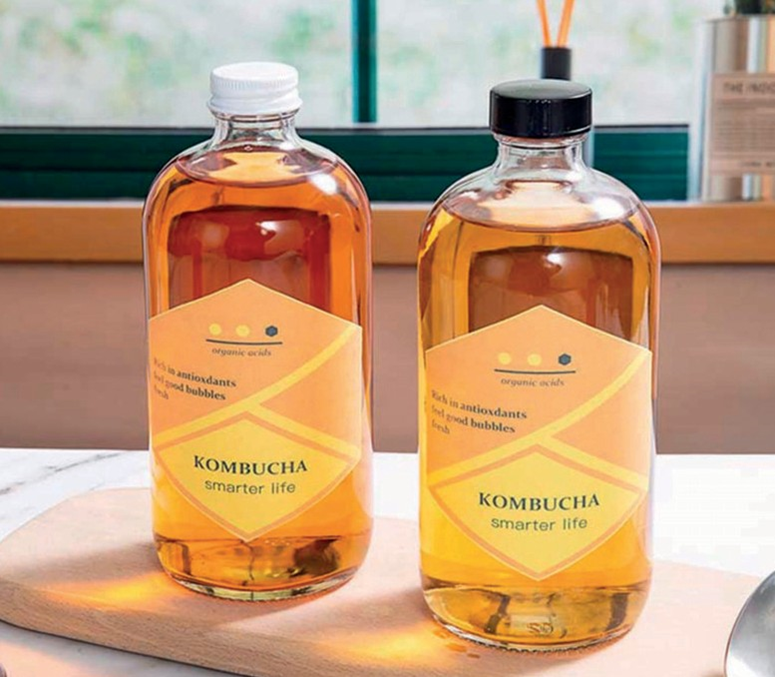
Lightweighting has become a major focus in global glass manufacturing. By reducing bottle weight while maintaining strength, companies can significantly lower raw material consumption and transportation costs. Currently, equipment manufacturers employ precision raw material control, advanced melting management, Narrow Neck Press and Blow (NNPB) technology, online inspection, and quality monitoring to ensure glass containers are safe and durable while minimizing their environmental footprint. According to the European Container Glass Federation (FEVE), lightweighting technology has helped reduce the average weight of European glass bottles by over 30% in the past two decades.
2. Wide Application of Energy-Saving Technologies
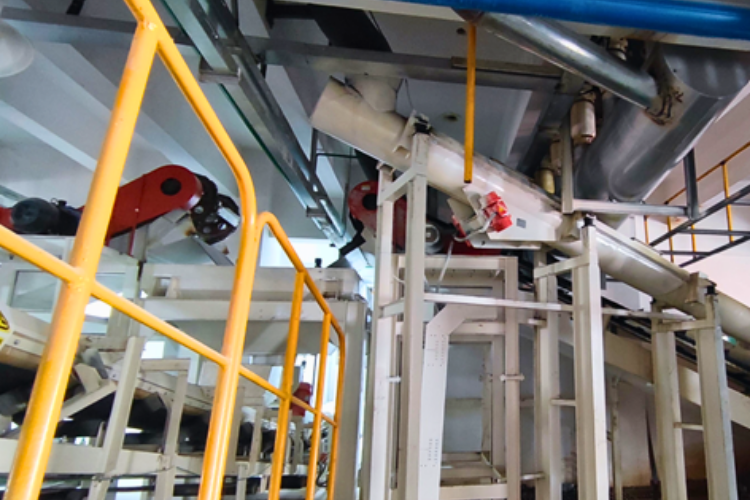
Energy efficiency is key to modernizing glass production. Increasing the use of recycled cullet is an effective way to save energy, reduce consumption, improve melting quality, and extend furnace life. The U.S. Environmental Protection Agency (EPA) notes that using recycled glass can reduce energy consumption by 20–30%.
3. Development of Flexible Production to Meet Diverse Needs
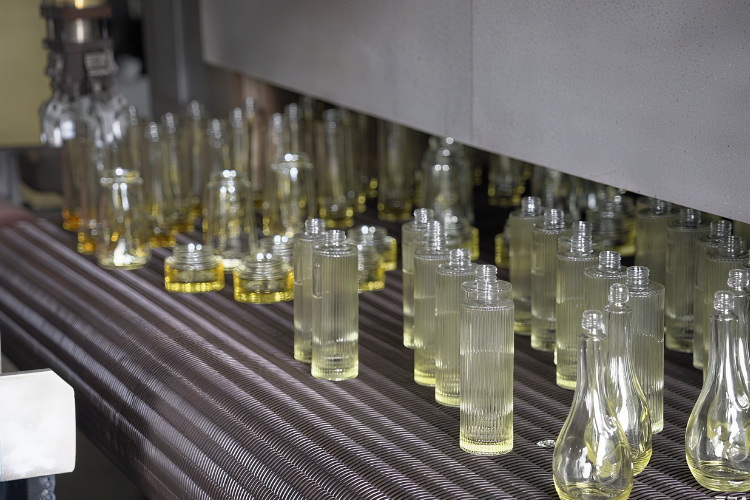
As consumer preferences become increasingly diverse and personalized, glass packaging companies are actively building smart manufacturing systems capable of “multi-variety, small-batch, and rapid-response” production. Flexible bottle-making equipment, featuring quick mold changes, adaptive recognition, and precise process adjustments, significantly shortens production preparation time and enhances market responsiveness. The deepening application of AI visual recognition technology in inspection, sorting, and packaging further enables full-process automation and refined quality control.
4. Advanced Machinery Boosting Labor Productivity
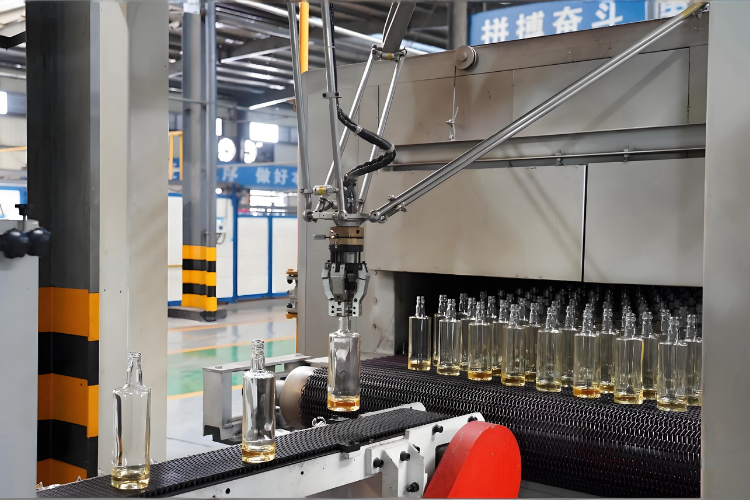
Improvements in production efficiency largely depend on increasing molding speeds. Leading companies are investing in multi-section multi-gob molding machines, large-scale stable-output furnaces, robotics, and machine vision technologies, covering the entire process from hot-end molding to cold-end processing and deep processing. The integration of smart equipment and precision processes allows manufacturers to ensure product quality while continuously enhancing efficiency.
Conclusion
Glass packaging continues to gain favor among global food, beverage, and cosmetics brands due to its premium, recyclable, and eco-friendly properties. The growing demand for high-quality glass packaging solutions presents new development opportunities for China’s daily-use glass industry.
In the future, glass bottle and jar production will further evolve toward lightweighting, energy efficiency, flexible smart manufacturing, and advanced automation, helping the industry achieve both efficiency and environmental goals. By actively adopting cutting-edge technologies and exploring innovative designs, Chinese companies will better meet the evolving market demands of domestic and international consumers, as well as regulatory and aesthetic standards.
